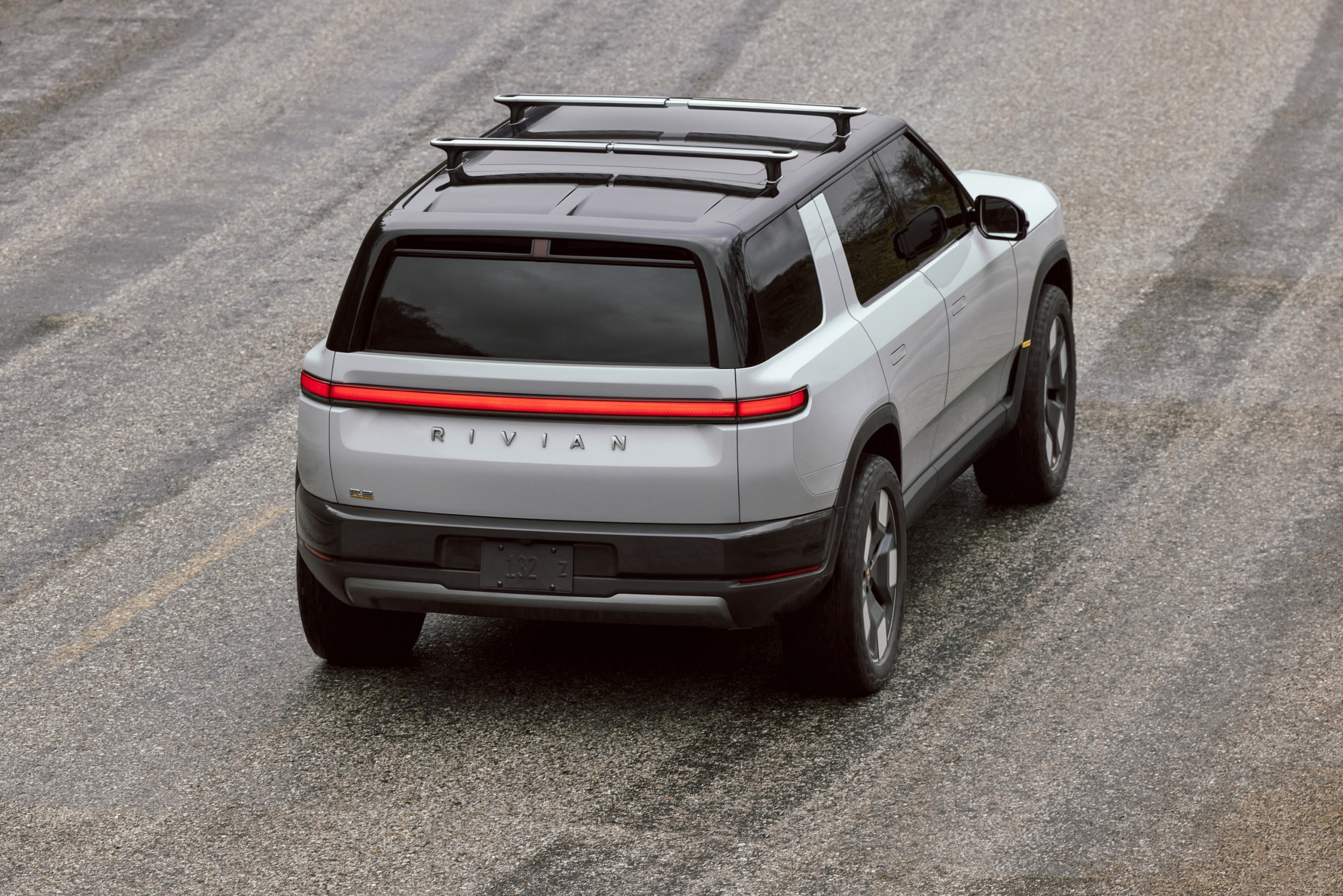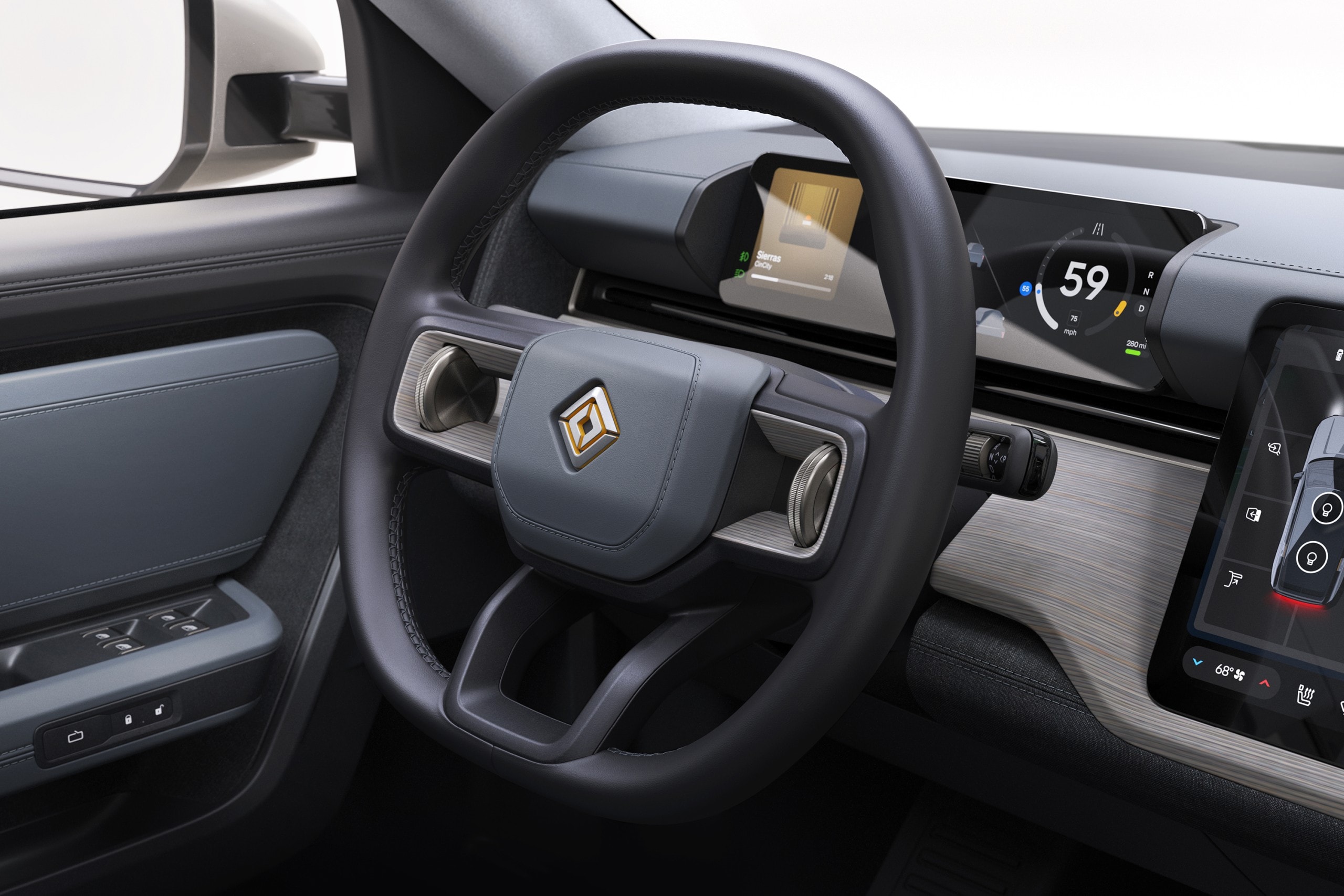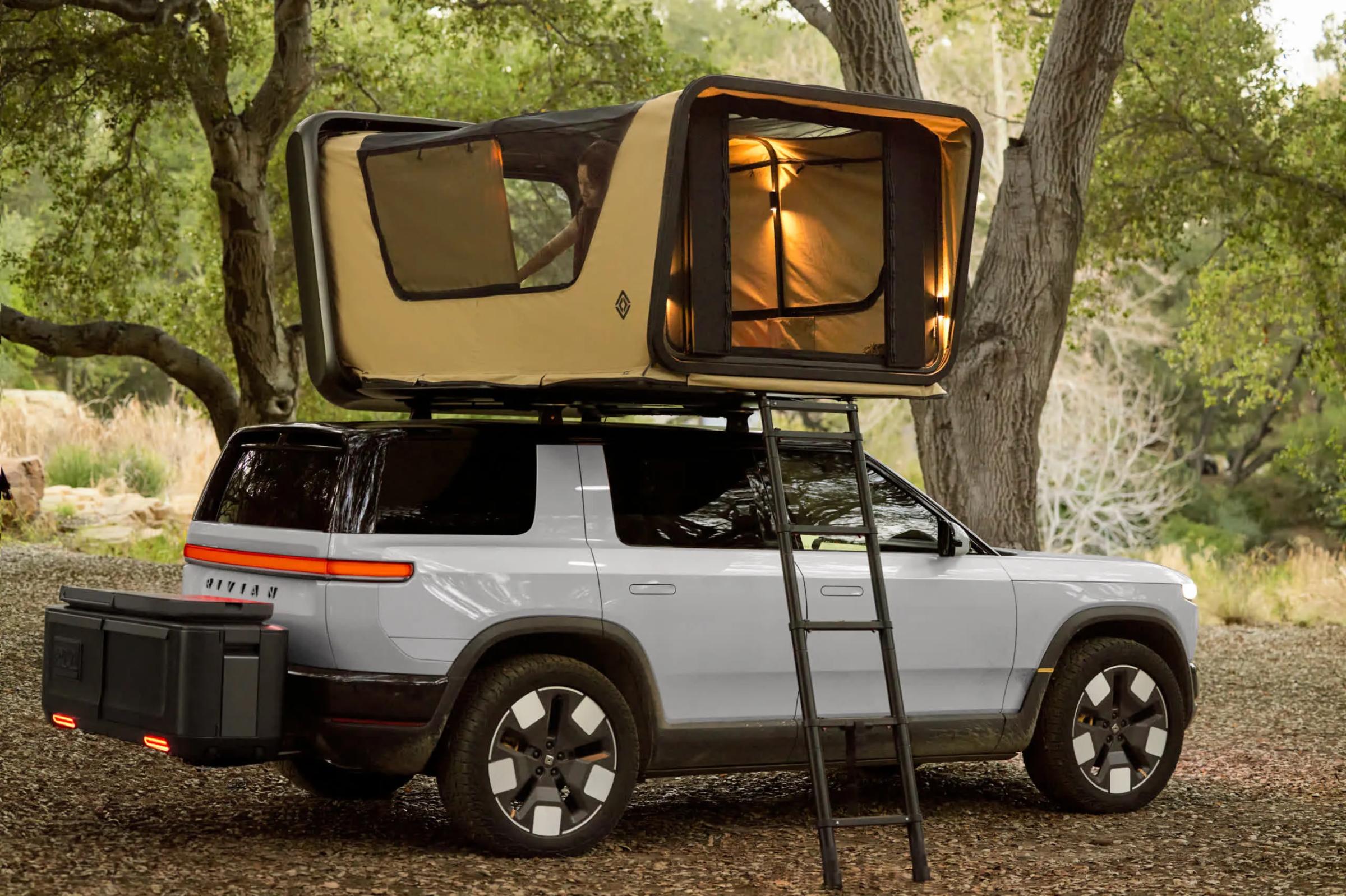Rivian’s R2, a much-anticipated electric crossover revealed this spring as a Tesla Model Y rival, initially generated significant excitement among consumers. Its sleek design and promising performance metrics positioned it as a strong contender in the burgeoning EV market.
However, this initial enthusiasm was tempered when details about the vehicle’s charging port placement surfaced. Unlike the industry-standard driver-side rear location adopted by most automakers, including Tesla, Rivian opted for a passenger-side rear quarter panel position.
This unconventional decision sparked immediate controversy and raised concerns about potential disruptions at charging stations, particularly within Tesla’s Supercharger network.

With the need to occupy multiple parking spaces to accommodate the offset charging port, drivers faced the inconvenience of reduced charging efficiency and increased congestion, especially during peak hours.
While Rivian has since acknowledged the public outcry and confirmed a redesign to align with industry standards, the initial misstep has undoubtedly tarnished R2’s reputation and eroded consumer confidence.
The episode serves as a stark reminder of the importance of meticulous attention to detail, even in seemingly minor aspects of vehicle design, as it can significantly impact user experience and market perception. Rivian’s decision to shift the charge port location on its upcoming R2 SUV from the rear-right to the driver-side rear has ignited a complex debate among potential customers.
While the move aligns the R2 with Tesla’s charging standard, providing convenient access to the extensive Supercharger network, it has also generated discontent among certain user segments. Notably, owners who frequently tow trailers have expressed frustration, as any rear-mounted charge port necessitates unhooking the trailer before charging.

This contrasts with the convenience of a front-mounted port, which allows charging without detaching the trailer. While Rivian initially justified the rear-right placement as optimal for curbside charging, a front-passenger-side location would equally accommodate this scenario without the drawbacks of a rear position.
The question of optimal charge port placement thus reveals a multifaceted challenge in designing electric vehicles that cater to the diverse needs and preferences of a broad consumer base. Ultimately, the ideal location may be constrained by the underlying architecture of the vehicle itself.

